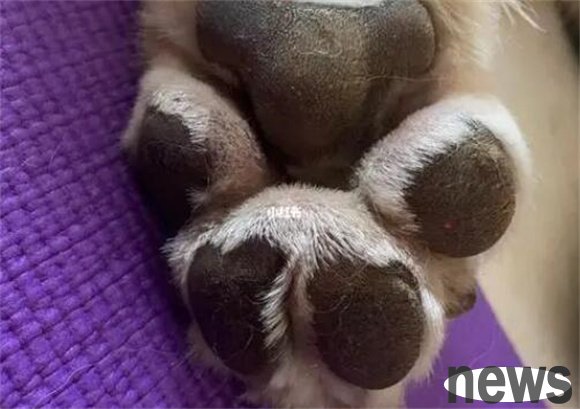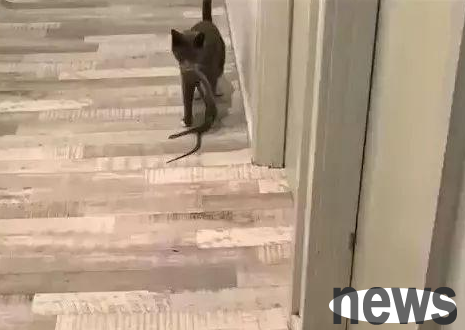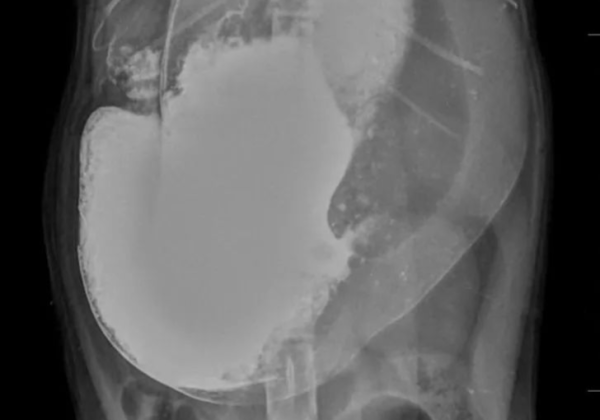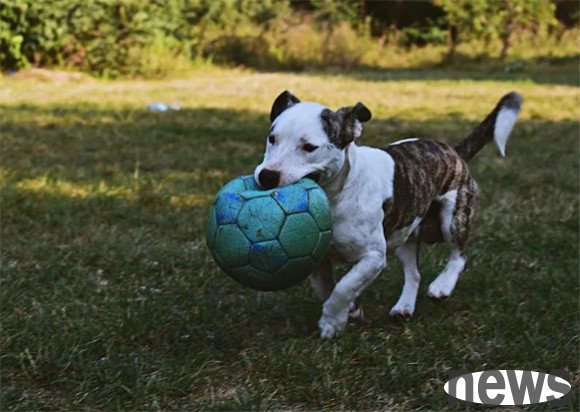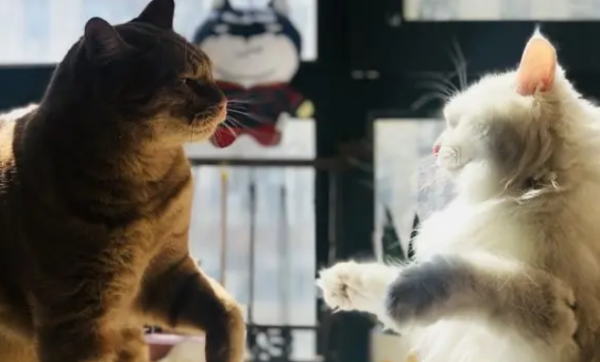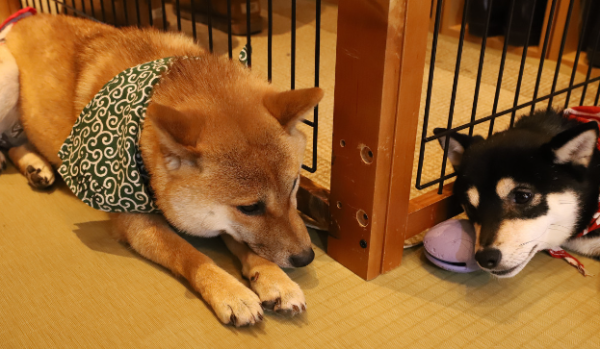Key points of design of cat cafe | Research case: Looking at how to create a theme cafe from the theme cafe of cat courtyard

Perhaps every literary youth who loves cute pets has dreamed of owning a pet-themed cafe.
Nei Guanjun once visited the Cat Garden Theme Cafe in Beiluoguxiang, Beijing. When you are in the cat kingdom, you must be prepared to have cats jump on the table and dine with you from time to time, you will also be unable to help but take out your phone and keep taking pictures and posting them on the Internet, making free advertisements for the restaurant owner.
When restaurant theme differentiation has become a trend, creating a pet-themed restaurant can undoubtedly easily highlight its characteristics and form a selling point, and will inevitably attract a group of highly sticky and friendly users.
Then the question is: How should we manage such a large wave of organized and undisciplined cute pets? How to start opening such a cafe?
Today, Neizun took the cat star as an example to see the appearance of an American pavilion owner:
What is a cat cafe? Isn’t it just a cafe where you can have some tea and coffee while playing with cats?
is right—but this is from a human point of view.
From the perspective of cats, cat cafes are not only a place for eating, drinking and having fun, they also need to sleep comfortably, climb up and down freely, hide if they don’t want to see people, or just sit quietly, watching the clouds rolling outside the window.
Therefore, if you want to open a cat cafe, you must not only cater to the tastes of human customers, but also meet the needs of cats living in the store - they are usually stray cats from shelters, waiting for adoption by those with destiny.
Many customers who come to the store hold a heart that wants to adopt pets. The owners naturally hope that the cats live happily in the store, but they also hope that the little ones will show their best condition and leave a good impression on the customers and find a good owner.
So, how to create a perfect cat cafe?
First, let cats have a hiding place
"I realized in the first few weeks of opening the store that I had to prepare more hiding places for the cats in the store so that they could hide when they wanted to be quiet. I had to ensure their quality of life," said Ericka Basile, creator of Planet Tails, a pet supply store.
She also prepared plenty of space for shy cats, including a cathouse modified from the first generation iMac (the super cool translucent shell meow likes). Cats can sit in front of the big floor-to-ceiling windows, look at the streets outside, or look at the "Wings of the Planet" in the next room.
The "Meow Meow Cafe" in Manhattan's Lower East Side has made a small piece of space behind the shop, allowing the cat to use the toilet quietly in the cat's litter box. “We opened a small door for cats to enter and exit,” said Kristina, the owner. “There was a sign hanging on the door saying ‘No one except staff, cats and Taylor Swift’”.
Let Cats Performance
Artist Rhonda Lieberma is the creator of the show "Cats-in-Residence". The show focuses on installation art, or in Lieberman's own statement - the "Cat Series Performance". The protagonists of the
performance are cats who have appeared in major art galleries in New York, Hartford and Los Angeles. Cats from local shelters and tourists who come to visit can enjoy themselves and apply for adoption if the tourists and cats are particularly fit.
Let cats have a place to crawl
The founder of "Cat in the Room", Rhonda Lieberman, gave her cat performers enough space to crawl and play. She built it with sculptures, boxes, pipes and other installations in a very modern art style to allow cats to crawl through it.
"It's fun to watch them crawl around, it's a performance in itself," Lieberman said. "You'll guess when they will crawl out and which cat will crawl wherever they will."
The more comfortable a cat is, the higher the chance of being adopted.
Christina said that many stray cats gradually become radiant after staying in a comfortable environment like a cafe for a while, and the chances of being adopted by customers are even greater.
Make customers feel comfortable, and it is also important to create a comfortable environment for customers. If you can experience the feeling of being at home in the store, customers will be more willing to adopt the cat in the store. The problem is: A's honey, B's arsenic, people of different cultural backgrounds have different requirements for a comfortable environment.
Christina once visited a cat cafe abroad. She found that in Japan, due to traditional dining habits, customers usually take off their shoes and sit on the ground to play with the cat; in the cat cafe in France, customers sit at the traditional European dining table to dine. "So they didn't feel good about eating, because they had to look at the ground from time to time to see where the cat was."
"Customers like to sit on the dining table and we won't force them to sit on the ground like the Japanese," she said. "We specially prepare seats of various heights, both tall and short, and normal heights."
However, the ultimate goal of all designs is to make cats feel comfortable and happy, so these chairs have dual functions - there is a small hole left under the chair to allow a cat to pass through. When the cat wants to rest, he can climb under the chair and hide.
The better the cat cafe is designed, the happier the cats live; the happier the cats are, the greater the possibility of finding a new owner. For the cafe staff, seeing the cat being taken away by the new owner feels sweet and sad.
However, in the end, they still hope that these babies can find a suitable new home.


